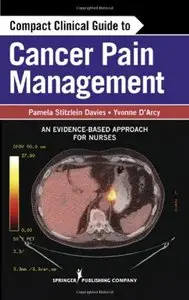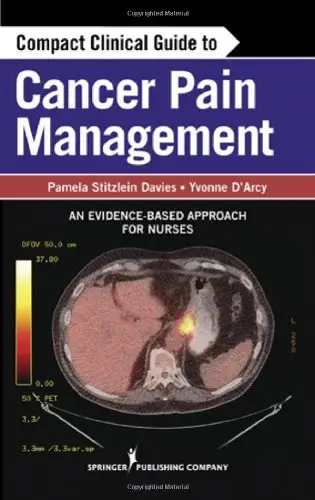Compact Clinical Guide to Cancer Pain Management: an Evidence-based Approach for Nurses By Pamela Davies, Yvonne M. D'Arcy
2012 | 402 Pages | ISBN: 082610973X | PDF | 4 MB
2012 | 402 Pages | ISBN: 082610973X | PDF | 4 MB
Although the prevalence of uncontrolled cancer pain remains unnecessarily high, research has indicated that 90% of cancer patients with pain can be successfully treated with standard therapies. This concise yet extremely comprehensive guide to managing cancer pain will enable nurses on the front lines of pain assessment and management to incorporate effective strategies into their daily practice. It offers quick access to current evidence-based guidelines for busy nurses and nurse practitioners working in all oncology care settings. To facilitate quick information retrieval, the text is designed in a consistently organized, bulleted format with highlighted key information and tools for assessment and standardized treatment. It also serves as an important review for the ONS and HPNA certification exam. This book focuses on all aspects of cancer pain, including assessment and screening tools, pharmacologic and nonpharmacologic treatment options, current national guidelines for pain management, regional anesthesia techniques, patient-controlled anesthesia, and epidural pain management. It also includes updated information on the effect of opioid polymorphisms, cancer pain emergencies, myofascial pain, and chronic pain in cancer survivors. The book covers palliative care and end-of-life pain management, especially for patients who have symptoms that are not managed. Information on chronic pain conditions such as neuropathic pain in cancer and the use of adjuvant medications for pain control are included, along with special treatment options for addiction and substance abuse in the cancer population. The text additionally provides information on managing pain with difficult-to-treat populations. Key Features: Provides current, evidence-based information on all aspects of cancer pain management Includes important new guidelines on using a combination of pain management scales for optimal pain assessment and management Describes interventional techniques for managing severe pain situations Organized for speedy information retrieval



